I am plotting two time series and computing varies indices for them.
How to write these indices for these plots outside the plot using annotation or text in python?
Below is my code
import matplotlib.pyplot as plt
obs_graph=plt.plot(obs_df['cms'], '-r', label='Observed')
plt.legend(loc='best')
plt.hold(True)
sim_graph=plt.plot(sim_df['cms'], '-g', label="Simulated")
plt.legend(loc='best')
plt.ylabel('Daily Discharge (m^3/s)')
plt.xlabel('Year')
plt.title('Observed vs Simulated Daily Discharge')
textstr = 'NSE=%.2f\nRMSE=%.2f\n'%(NSE, RMSE)
# print textstr
plt.text(2000, 2000, textstr, fontsize=14)
plt.grid(True)
plt.show()
I want to print teststr outside the plots. Here is the current plot:


